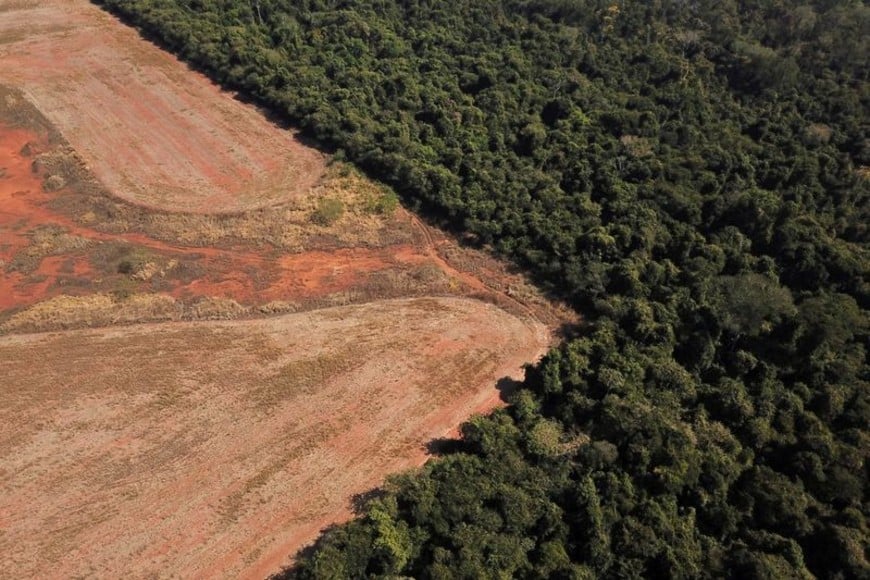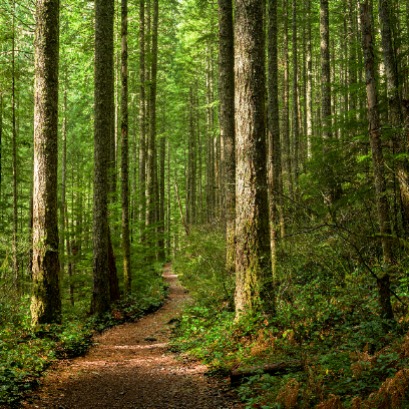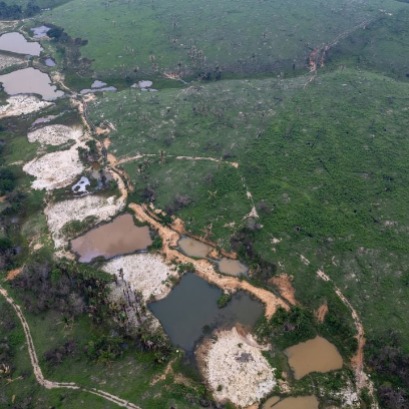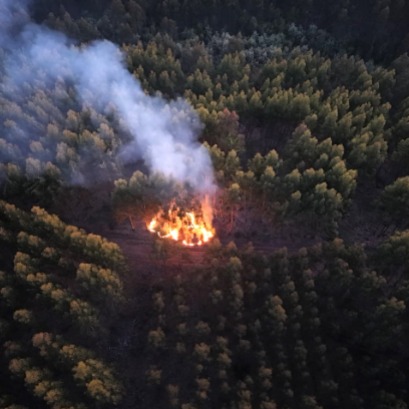
Amazon deforestation in Brazil fell to historic levels
Currently, the decrease is 50%. The goal is to definitively end logging by 2030.
Deforestation in Brazil's Amazon rainforest saw a significant reduction in 2023, falling by half compared to the previous year and reaching its lowest level since 2018, according to government data revealed on Friday. This marks a major victory for President Lula Da Silva in his first year in office.
Lula focused his international reputation on fighting deforestation in the South American country, pledging to end illegal logging by 2030. Under his predecessor, Jair Bolsonaro, destruction in the world's largest rainforest accelerated considerably.
According to preliminary satellite data provided by the space research agency INPE, an area of 5,153 square kilometers in the Amazon was logged in 2023, representing a drop of 49.9 percent compared to 2022.
Although this figure is still considerable, equivalent to more than six times the size of New York City, it highlights the challenges Lula faces in fulfilling his commitment. However, it is the lowest level since 2018, the year before the start of Bolsonaro's mandate.
In December alone, deforestation saw a 23 percent year-on-year decline, reaching 176.8 square kilometers, according to INPE data.
The Environment Ministry attributed these positive results to "decisive" inspection efforts by environmental watchdog Ibama, highlighting a 106 percent increase in the number of infringement notices issued by the agency during the period.
In a statement posted on social media, the ministry said: "This is the first step to achieving the goal of zero deforestation by 2030."

IT MAY INTEREST YOU
 CSIC scientists show that Europes forests lose their ability to absorb carbon for years
CSIC scientists show that Europes forests lose their ability to absorb carbon for years
The forests of Europe have lost the ability to absorb carbon in recent years due to different factors that are analyzed and quantified in a recent CSIC study, Higher Council for Scientific Research.
 A study reveals that Amazon trees create rain in the drought with surface water
A study reveals that Amazon trees create rain in the drought with surface water
Even during the dry season, the Amazon jungle maintains the formation of rains by recycling surface water, which reinforces its climatic and ecological importance.
 Three fire spotlights in Penco light the alerts on intentionality
Three fire spotlights in Penco light the alerts on intentionality
The Chilean Corporation of Wood - Corma, expressed concern about the intention of forest fire, after the night of Friday, September 5, at 6:30 p.m., three fires of fire were recorded in the Playa Negra sector of the Penco commune, in the Biobío Region, two within the land of the Arauco company and one in the interface area nearby housing.





















